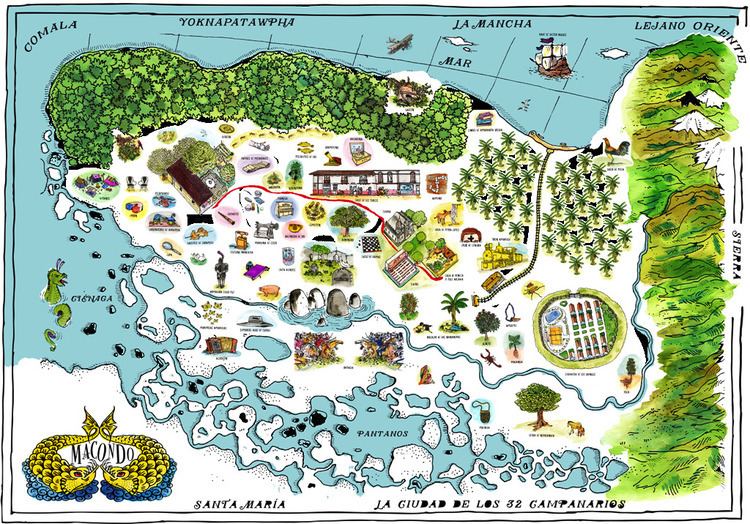 | ||
Macondo original oscar chavez
Macondo is a fictional town described in Gabriel García Márquez's novel, One Hundred Years of Solitude. It is the home town of the Buendía family.
Contents

Aracataca

Macondo is often supposed to draw from García Márquez's childhood town, Aracataca. Aracataca is located near the north (Caribbean) coast of Colombia, 80 km south of Santa Marta.
In June 2006, there was a referendum to change the name of the town to Aracataca Macondo.
Etymology
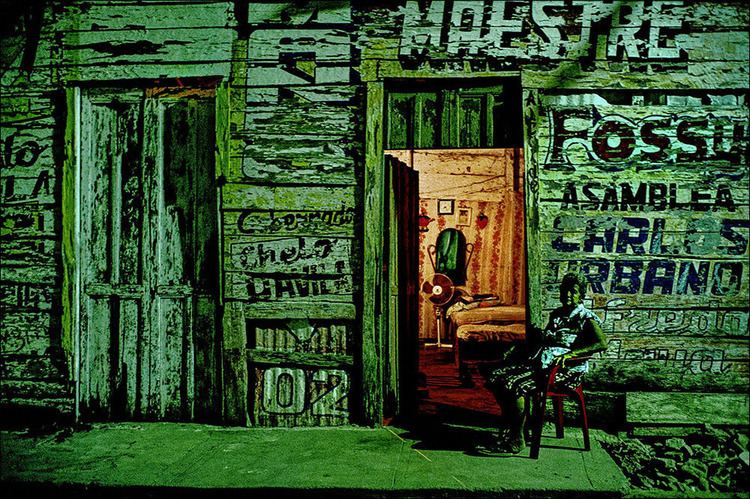
In the first chapter of his autobiography, Living to Tell the Tale, García Márquez states that he took the name Macondo from a sign at a banana plantation near Aracataca. He also mentions the fact that Macondo is the local name of the tree Cavanillesia platanifolia, which grows in that area.
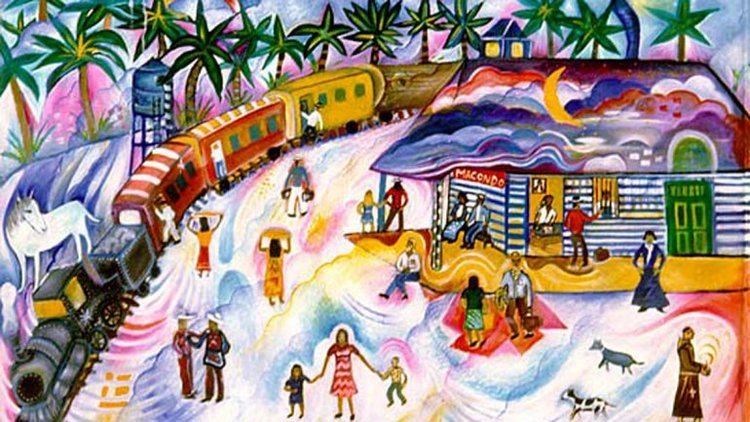
The name Macondo may have come from Africa. In the Kituba language, a Bantu language spoken in the western parts of the two Congos, the word for bananas is mankondo (the plural of dinkondo). This word, or a cognate in a related language, could have been brought to Colombia by slaves. It seems that García Márquez was unaware of this possibility; however he mentioned the (unrelated) Makonde people of East Africa in the last chapter of One Hundred Years of Solitude, calling them Makondos.
Fictional history

The town first appears in García Márquez's short story "Leaf Storm". It is the central location for the subsequent novel One Hundred Years of Solitude. He has since used Macondo as a setting for several other stories.

In In Evil Hour, published the year before One Hundred Years of Solitude, García Márquez mentions Macondo as the town where Father Ángel was succeeded by the one-hundred-year-old Antonio Isabel del Santísimo Sacramento del Altar Castañeda y Montero, a clear reference to the novel to come.
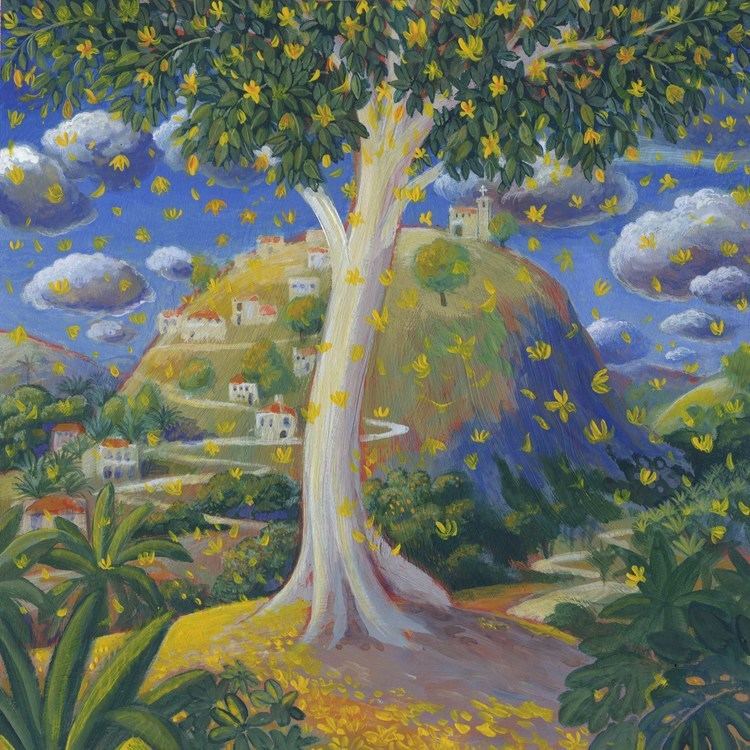
In the narrative of One Hundred Years of Solitude, the town grows from a tiny settlement with almost no contact with the outside world, to eventually become a large and thriving place, before a banana plantation is set up. The establishment of the banana plantation leads to Macondo's downfall, followed by a gigantic windstorm that wipes it from the map. As the town grows and falls, different generations of the Buendía family play important roles, contributing to its development.
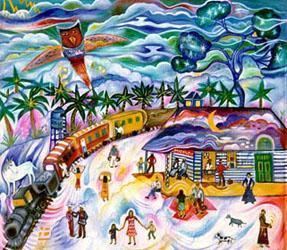
The fall of Macondo comes first as a result of a four-year rainfall, which destroyed most of the town's supplies and image. During the years following the rainfall, the town begins to empty, as does the Buendía home.
In popular culture
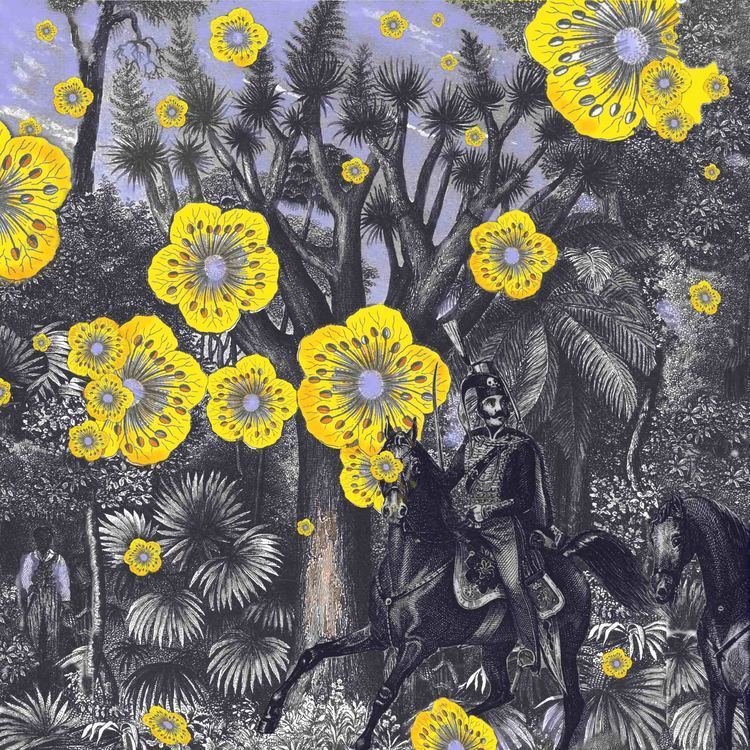
The town of Macondo is the namesake of the Macondo Prospect, an oil and gas prospect in the Gulf of Mexico, where the Deepwater Horizon oil spill began in April 2010. In addition to this usage:
